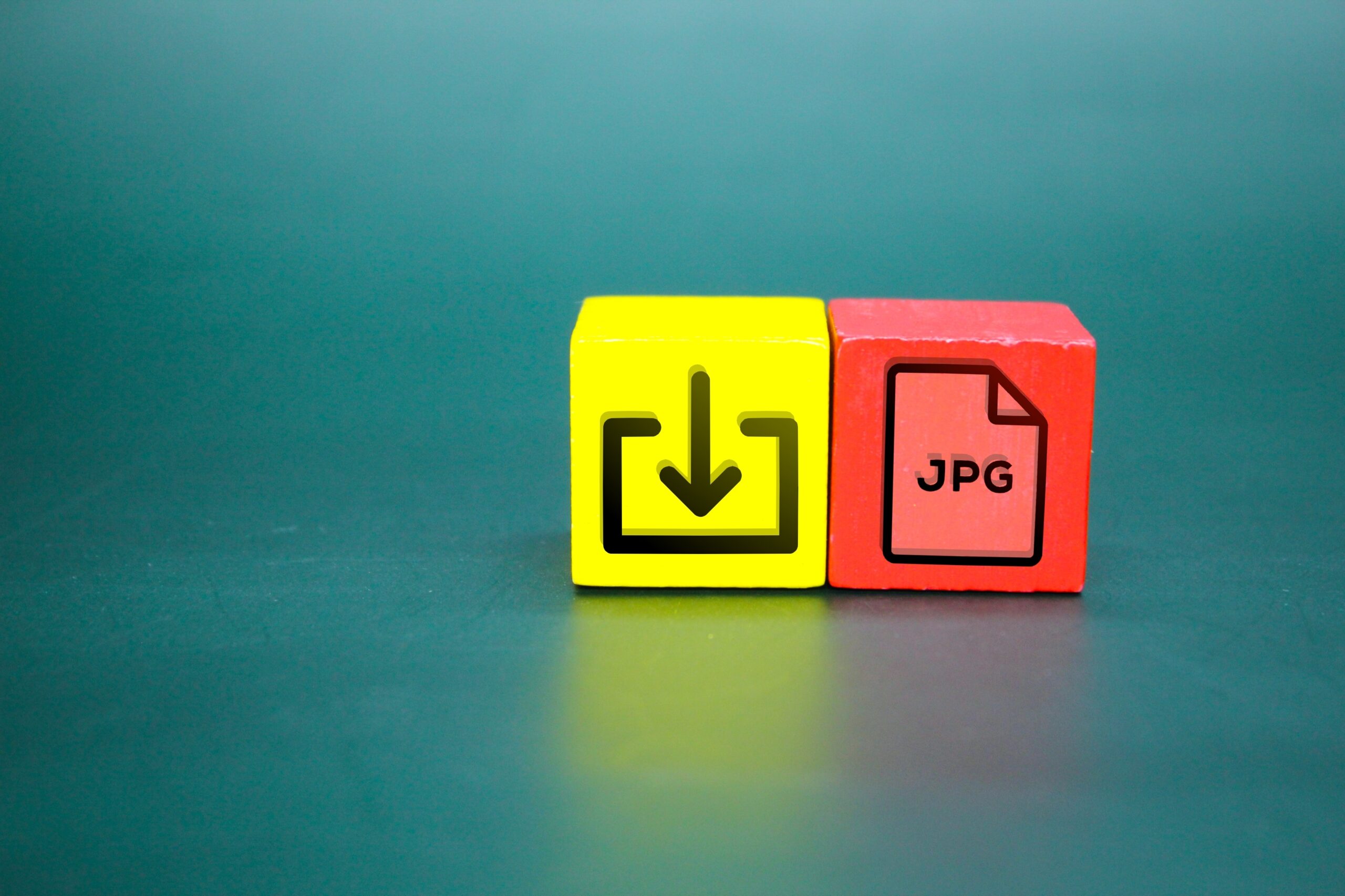
Dental Photography Part 2: Deciding Between Saving Images as JPEG or RAW
Charlie Ward, DDS
In this article, I’ll share how I save my Dental DSLR photos and choose between the file formats of RAW versus JPEG. There are specific reasons why we might need one format or the other, or perhaps both. I’ll also share how I store and protect my ever-growing collection of images.
The Difference Between RAW and JPEG Format
We have a choice when we’re shooting with our DSLR about how we want to save our files. On the menu of our camera, we see that we can choose between RAW and JPEG, and the quality of JPEG. When RAW is selected, all data that hits the camera sensor is saved. A JPEG is a processed image resulting in a compressed (smaller) file size.
The data stored in RAW images can be 3 to 4 times more than in JPEG images, depending on the quality of JPEG you select on the camera menu. The processor in your DSLR camera will remove data from a JPEG image that it perceives to be imperceptible to the human eye. The greatly smaller size of JPEGS makes them universally preferred, not only for storage but for quick upload, download, and opening for viewing online. I routinely shoot high-quality JPEGs for diagnostics and routine lab communication.
(If you are wondering what JPEG stands for, it’s for Joint Photographic Experts Group. Once JPEG images are in your computer, they can be saved as different file formats ending in different extensions such as .eps, .pdf, .jpg, .jpeg, .bmp, .tif, and .tiff.)
If I take an image in both RAW and JPEG format, at first glance, the JPEG and RAW images may look the same, but on closer inspection, I may see that the stain on a tooth’s enamel or surrounding skin tones appear lighter in the RAW image. The camera itself has processed the image and determined that some of that data is unnecessary.
When to Shoot RAW Images
For most of what dentists do with our DSLR cameras, JPEGS are fine. There are three situations when we should choose to shoot RAW images.
- When we want to edit images like a professional photographer.
- When we shoot images for accreditation for the American Academy of Cosmetic Dentistry. The Academy requires images in raw format so they can tell that the images have not been edited.
- When we are using a digital shade matching system like eLab or Matisse that requires RAW input.
Why Shoot Both Versions When You Want RAW
If you are storing CBCT and RAW images on your server, a lot of data can accumulate quickly. I shoot JPEG versions of the images I shoot in RAW format so I can delete the RAW files from my server when they are no longer needed and still have a case record with the JPEG files.
Storage Tip: In my practice, we download the patient’s or the day’s images from the SD card on to our server in a patient folder. We have one main folder and within it a subfolder for each letter of the alphabet. Inside each alphabet letter’s folder is another subfolder labeled with the patient’s name for each patient whose last name begins with that alphabet letter. Inside each patient’s folder are appropriate subfolders, labeled for example, “Name-Prep-Date.”






